
Guatemala
Winter 2010 | Volume X, Number 1
Table of Contents
Editor’s Letter →
by June Carolyn Erlick
First Take
Making of the Modern: An Architectural Photoessay by Peter Giesemann
Making of the Modern An Architectural Photoessay by Peter Giesemann Fall 2010 | Winter 2011, Volume X, Number 1Related Articles
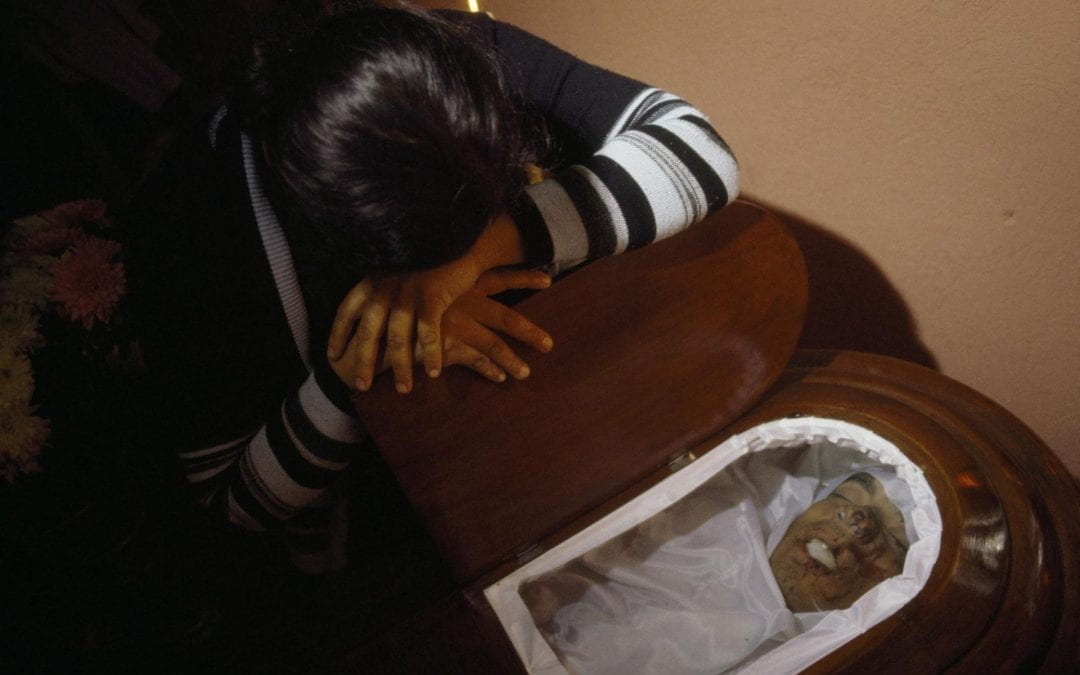
First Take: Never Again
I traveled to Guatemala for the first time in late 1980, believing, with the breezy confidence of a 20-something, that my photographs of Guatemala’s war—army, guerrillas and terrified civilians—would bring me photographic stardom…
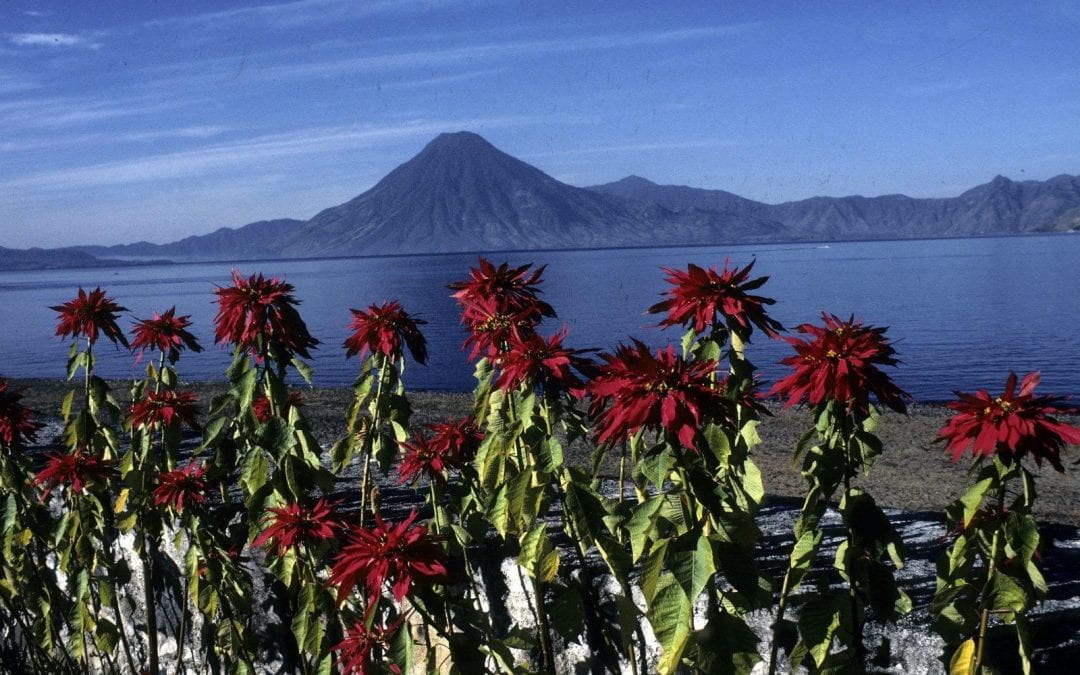
First Take: Guatemala, Guatebuena, Guatemaya
English + Español
“Guatemala is more of a landscape than a nation,” a friend observed in 1996 when I returned to the country after thirty years of on-and-off…
Breaking the Silence

A Journey Back to Guatemala
When we finally pull into San Lucas Tolimán, after a winding drive through the Guatemalan highlands, I immediately notice the kids. Two small boys giggle as they roll motorbike tires down the road. A gaggle of schoolgirls in traditional fabrics walk linked arm-in-arm. A young girl holds an apple-cheeked baby. Boys play soccer in the dust of an abandoned store. The children exude happiness everywhere. They are a testimony…
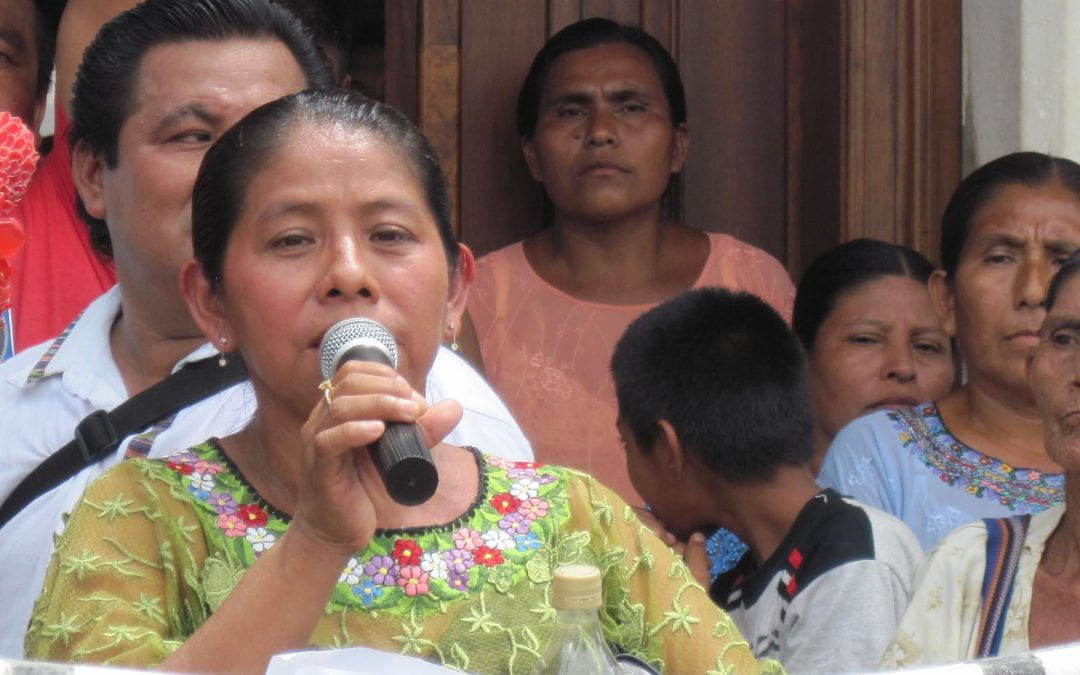
Reading “La Masacre de Panzós” in Panzós
I am not afraid. I am not ashamed. I am not embarrassed. I cannot tell lies because I saw what happened and other people saw it, too. That is why there are so many widows and orphans here…the blood of our mothers and fathers ran in the streets. They tried to kill me, too. I had to throw myself in the river. I lost my shoes. The current carried me away. My body hit rocks in the river. When I finally got out, I was covered with mud …
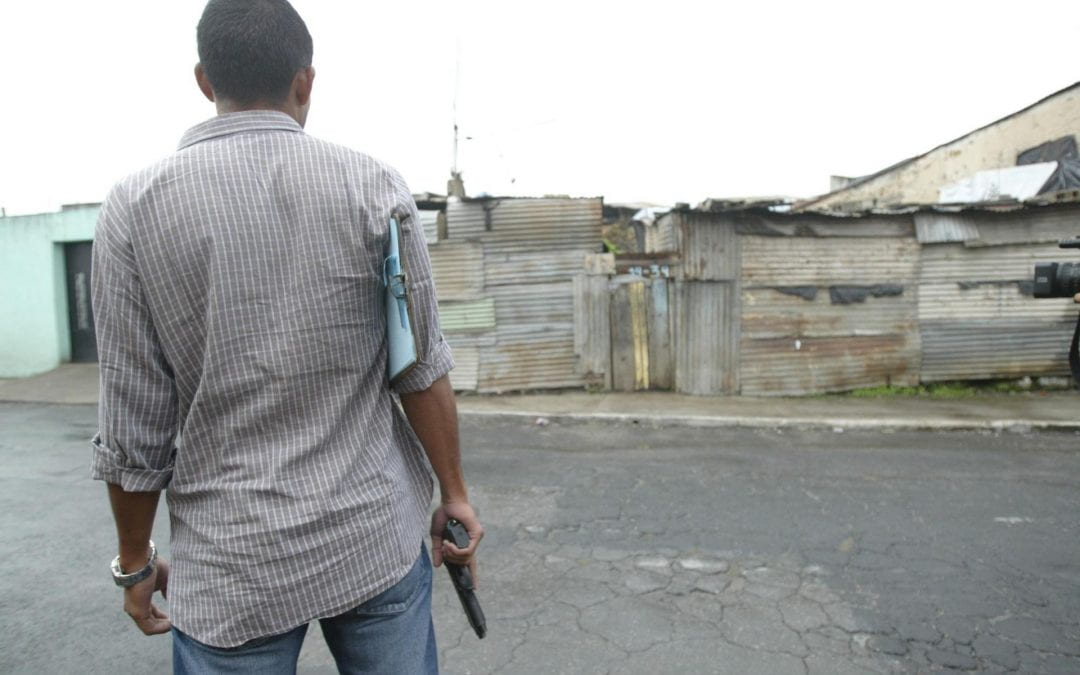
A History of Violence, Not a Culture of Violence
Kendyl tucks her sleeve over her hand and wipes the bus window. “Why are you so interested in war memories?”she asks, catching me off guard. “If you are interested in violence, you don’t have to go into the past to find it. Violence is everywhere.” I hesitate over my response. Why does insisting on remembering the war suddenly feel arrogant? Outside the window, women roll barrels of corn on stones rough as their heels. …
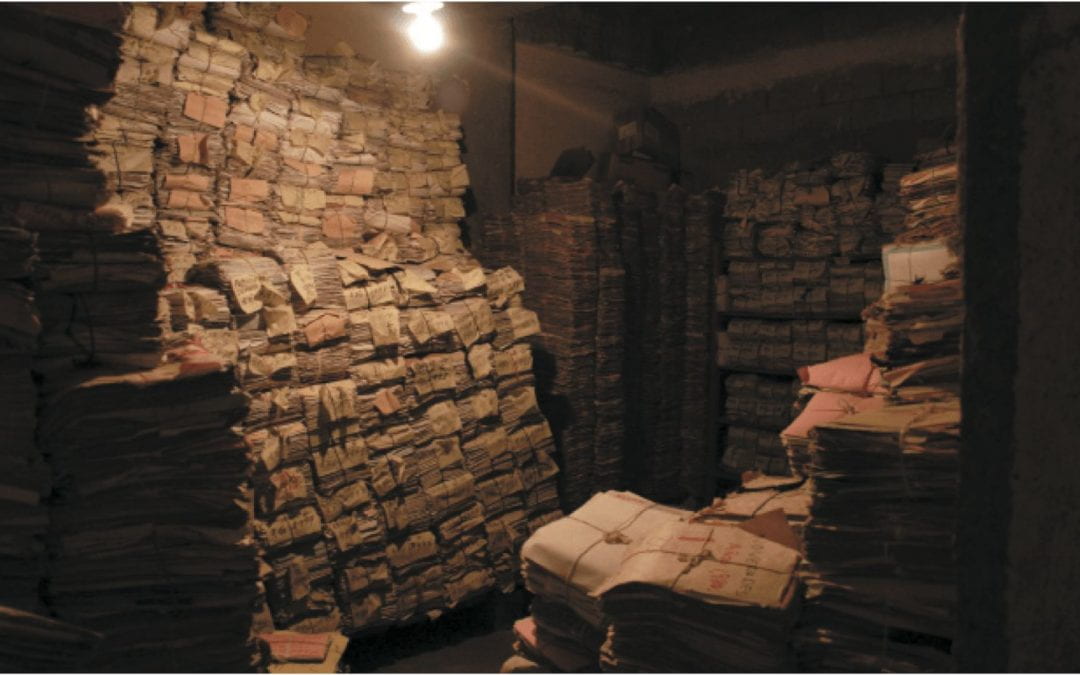
Guatemala’s Police Archives
Ana Lucía Cuevas describes living for more than 25 years with the pain of her brother’s disappearance as torture, “as though you are hooded and someone is beating you with a club.” Now the shroud of secrecy is being lifted. Carlos Cuevas Molina was abducted at gunpoint on May 15, 1984, when he was 24 years old and Lucía was 21. He was a sociology student pursuing a degree at the country’s national University …
Indigenous Lives

Revitalizing Mayan Textiles
English + Español
What satisfaction could be greater than the joy of sharing the completion of one’s first weaving? None! This pleasure is even greater when the weaver is a young boy or girl, facing for the first time the challenge of…
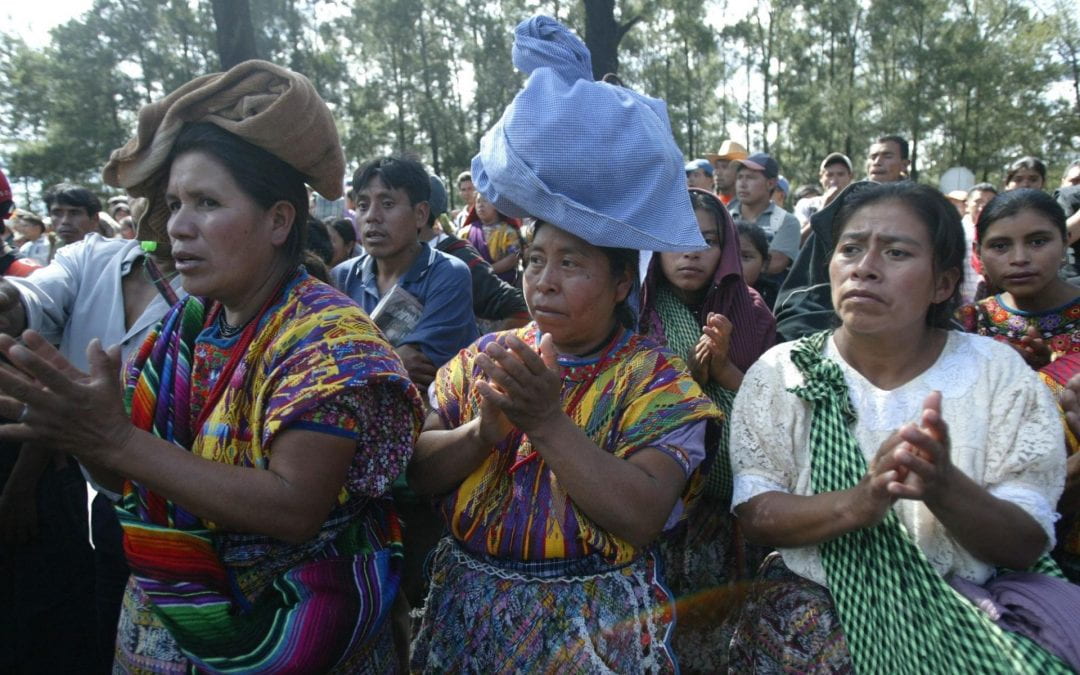
Indigenous Rights and the Peace Process
English + EspañolThe Guatemalan government and the guerilla umbrella group URNG (Guatemalan National Revolutionary Unity) signed the long-awaited Acuerdo de Identidad y Derechos de los Pueblos Indígenas (Accord on Identity and Rights of Indigenous Peoples) in March 1995. Fellow anthropologist Manuela Camus and I were just finishing research on the actions and demands of Maya organizations in the context of the country’s incipient “democracy” and the peace process. As a result, we got to see first-hand the surprise and illusions that the text aroused, and the possibilities it opened for the rights and …
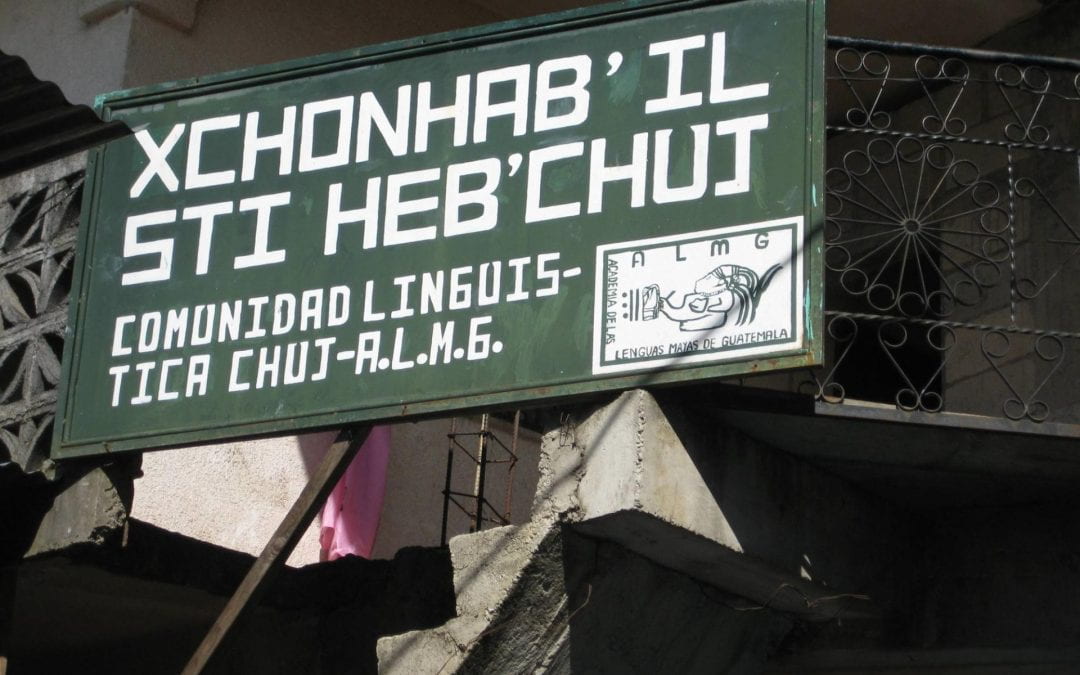
Researching Mayan Languages
I was walking back to my hostel in San Cristóbal Verapaz, Guatemala. Following a morning of classes in the Poqomchi’ Mayan language, I automatically greeted the indigenous hostel owner (dueña) in Poqom— K’aleen, tuut. Suq na ak’ux?—literally, “Hello, ma’am. Is your chest well?”— the Poqomchi’ way of asking “How are you?” Just as she began to reply, her twenty-year-old daughter burst into the room to ask a question …
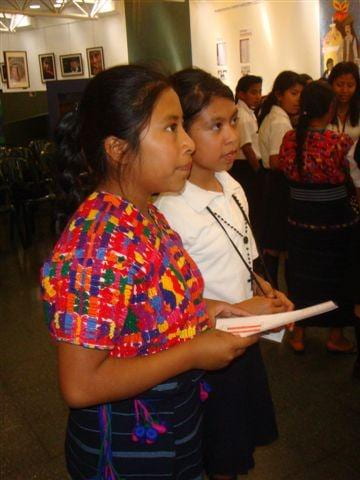
Maya Weaving Heritage
Guatemala’s brilliantly colored textile tradition is one of the important threads that has united Maya civilization throughout its long history. Weavings for both ceremonial and everyday use continue to be important to Maya culture, society and ethnic identity. Unlike Tikal’s temples and the beautiful painted classic Maya pottery one sees in museums, Maya textiles did not survive the Pre-Columbian era. They were too fragile …
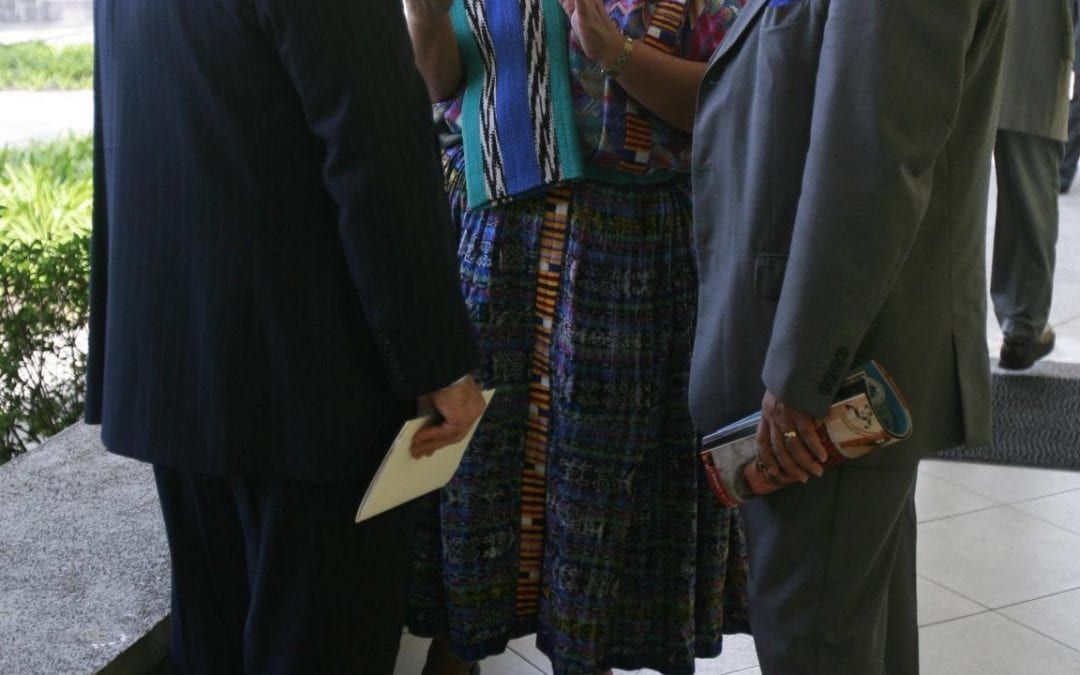
Flight 795
Guatemala today faces a lack of progress in fighting the complex racial oppression occurring daily. The small country has failed to confront the longstanding racism that contributes to the continuing disenfranchisement and poverty of the country’s indigenous population, 75 percent of which lives below the poverty line. This is a worrisome phenomenon for a country in which more than half of its estimated …
Violence

Securing the City
Guatemala is experiencing a new economic stimulus: the security industry. The internal armed conflict may have ended more than a decade ago, but everyday life for many Guatemalans continues to be fraught with violence. The country has one of the highest homicide rates in the Americas (about seventeen murders per day) and one of the lowest rates of incarceration. The average criminal trial lasts more than four years …

Portraits of Daily Violence
Miguel Pinto is 10 years old and yet he talks weapons like a connoisseur. A motorcycle speeds by the car in which he is traveling and he notices that one of the two riders is carrying a big gun. ”Was that a Kalashnikov?” he asks eagerly. The adults in the car gasp, not only at the biker’s driving with what looks like a machine gun, but at the kind of knowledge that a 4th grader absorbs from living in Guatemala, one of the most violent …
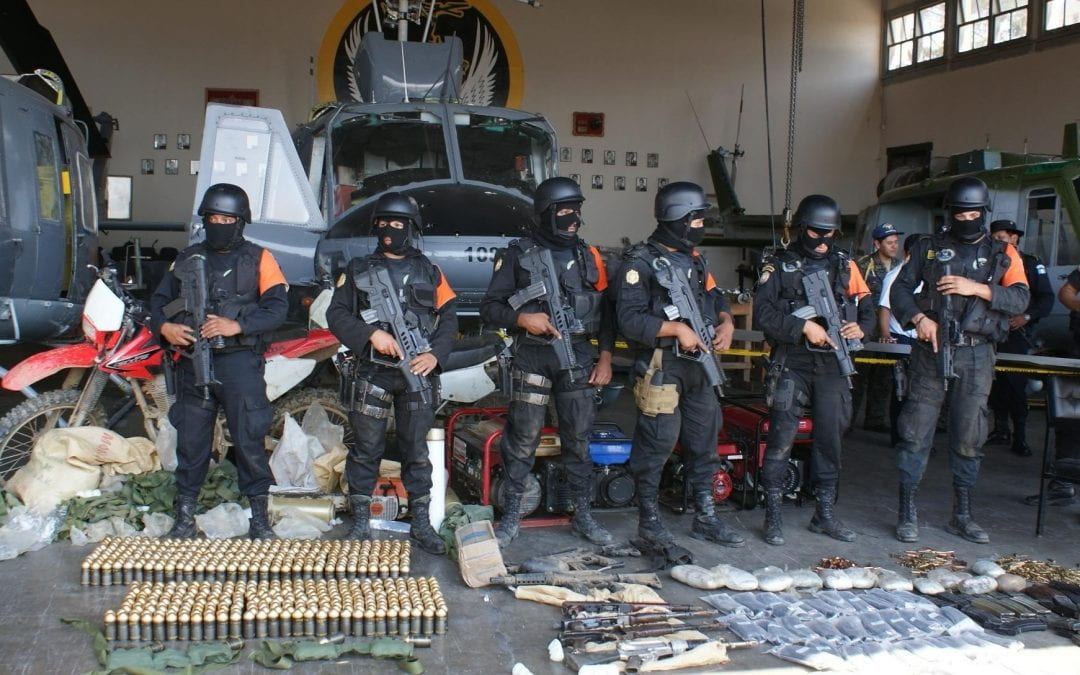
Postcards from a Drug-Trafficking Country
News about drug trafficking is often associated with Mexico and Colombia. However, the countries in between also bear the brunt of the war waged among traffickers and against authorities to transport drugs to the United States. Guatemala is one of the hinges supporting the transactions between South Americans and Mexicans to move large shipments up north. It is also dubbed a favorite warehouse for drugs and a transit …

The International Commission Against Impunity in Guatemala
On May 10, 2009 a prominent Guatemalan attorney, Rodrigo Rosenberg, was gunned down in broad daylight while riding his bicycle down a busy, tree-lined boulevard in a wealthy residential district of Guatemala City. But this wasn’t just another killing in a homicide-plagued country. On May 11, 2009, Guatemalan television aired a pre-recorded video in which Rosenberg declared, “If you are viewing this video, it is because I have …
Development and Beyond
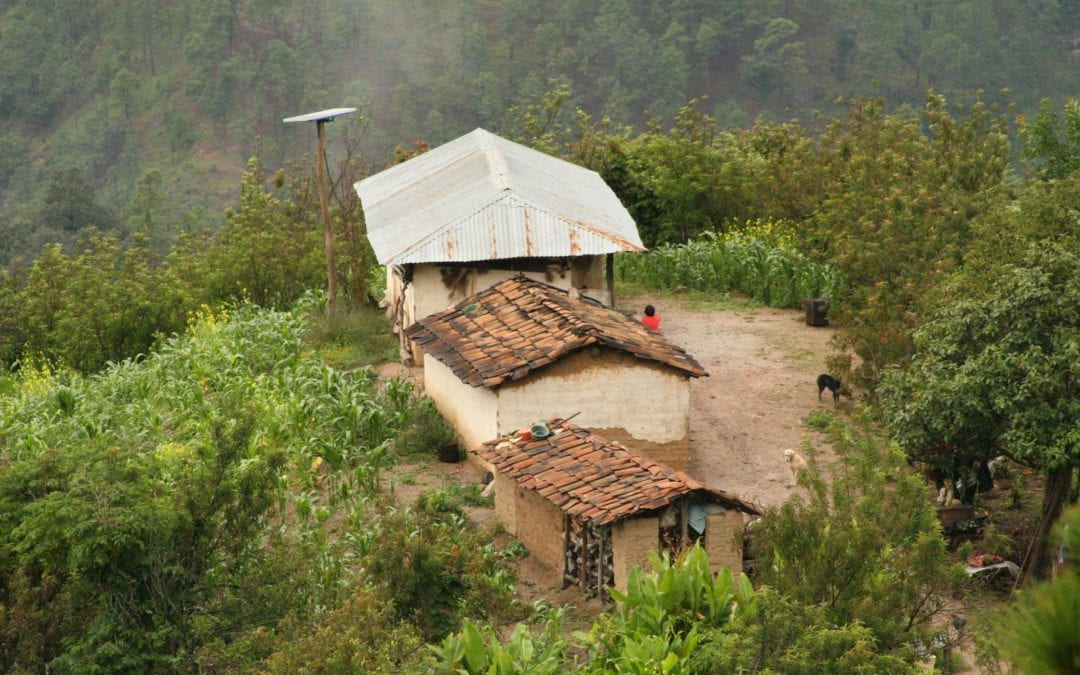
Two Paths to Development
Some twenty miles down a rough cobblestone path through the forests of rural Guatemala, visitors like myself will find a community-based organization (CBO) called Sindicato de Trabajadores Independientes de la Finca Alianza, El Palmar (STIAP). Its self-constructed office is equipped with internet and displays development awards for achievements from alternative energy to coffee exports. …
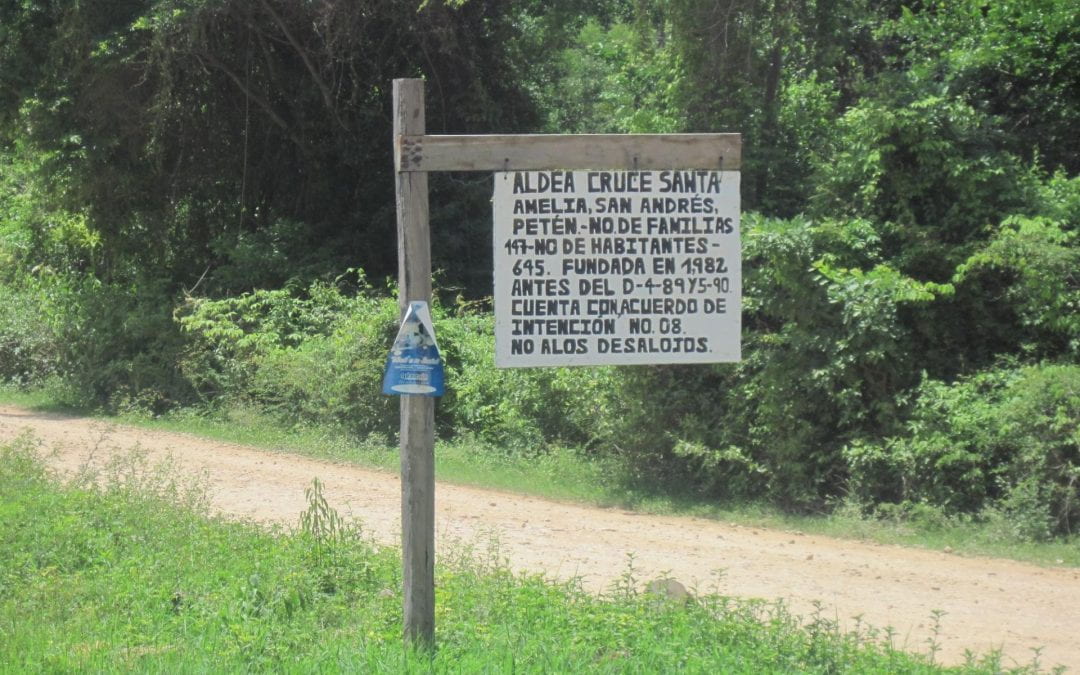
In Petén, Interesting Times
I first came to Petén in the 1970s, reading a found paperback of The Exorcist to pass a long, dreary bus ride on pocked roads from Belize. Stepping off at Tikal, breathing the jungle air, I immediately felt the rainforest’s richness, its promise of discoveries to come. Later, the night called mysteriously with cries of birds and unseen animals. “There is no place like this on earth,” I thought. Archaeologists and workmen outnumbered …
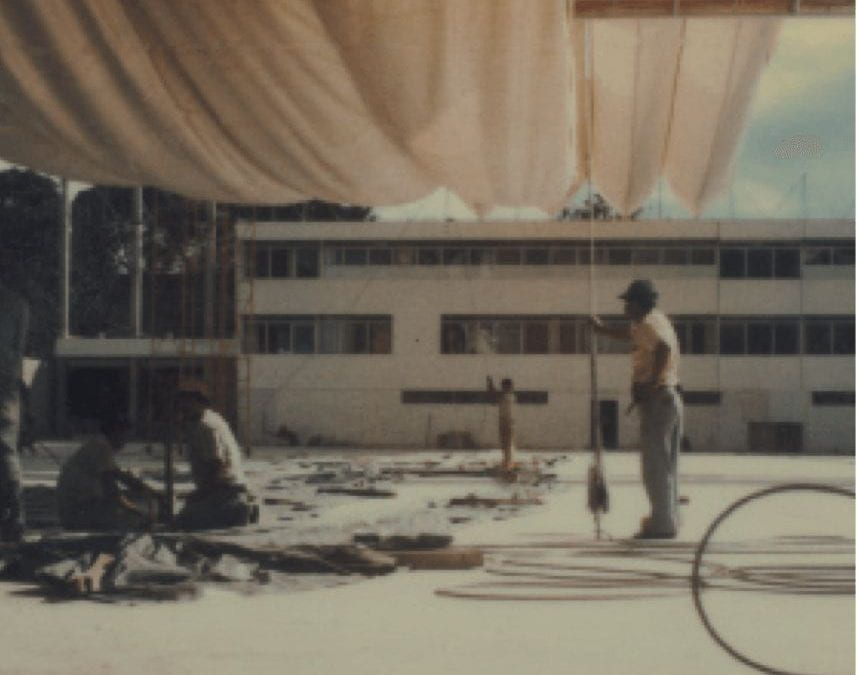
Development Strategies and the 1996 Peace Accord
The civil war ravaged Guatemala’s social and political fabric for over three decades. It came to an official end with the signing of the 1996 Peace Accords and a sense of anticipation for the country’s future. The Accords gave rise to optimism that a reduction of violence and social injustice could be achieved through development. Yet, more than a decade after the signing and the implementation of subsequent national …
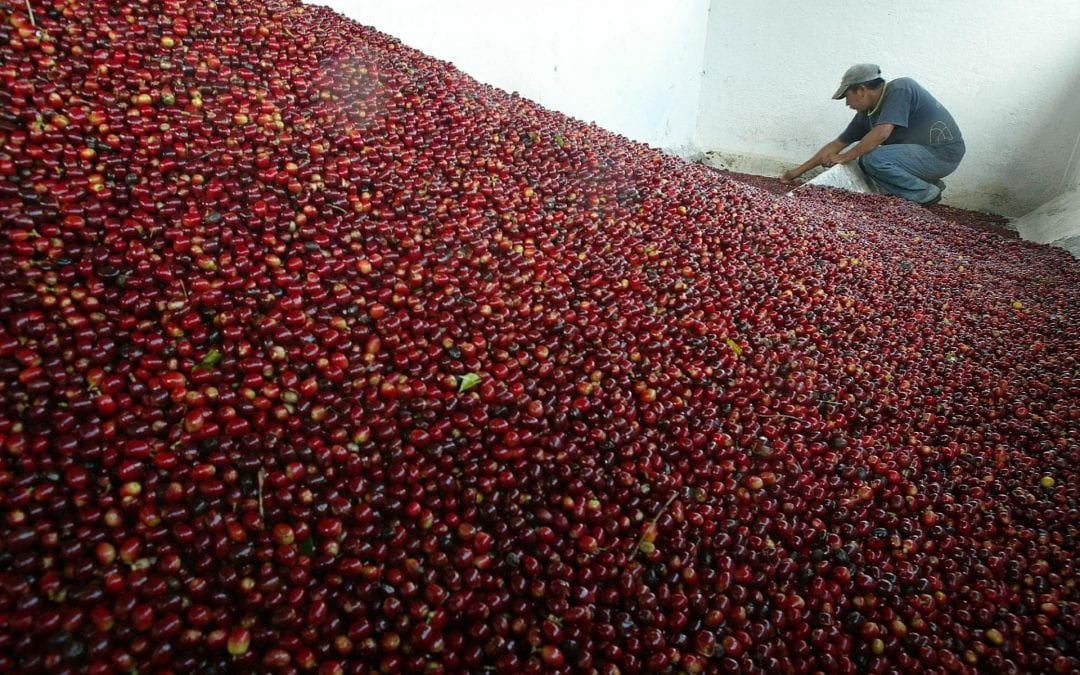
Central America Competitiveness Project
Harvard University has played a key role in developing a “culture” of competitiveness in the Central American region and especially in my country, Guatemala. The 1996 Guatemalan Peace Accords were a turning point in creating an environment of peace for the first time in more than one hundred years, and bringing hope for social change and economic growth in our region. With the war over, it was time to face the challenges …
Immigration

Increasing the Visibility of Guatemalan Immigrants
Guatemalans have been migrating to the United States in large numbers since the late 1970s, but were not highly visible to the U.S. public as Guatemalans. That changed on May 12, 2008, when agents of Immigration and Customs Enforcement (ICE) launched the largest single-site workplace raid against undocumented immigrant workers up to that time. As helicopters circled overhead, ICE agents rounded up and arrested …
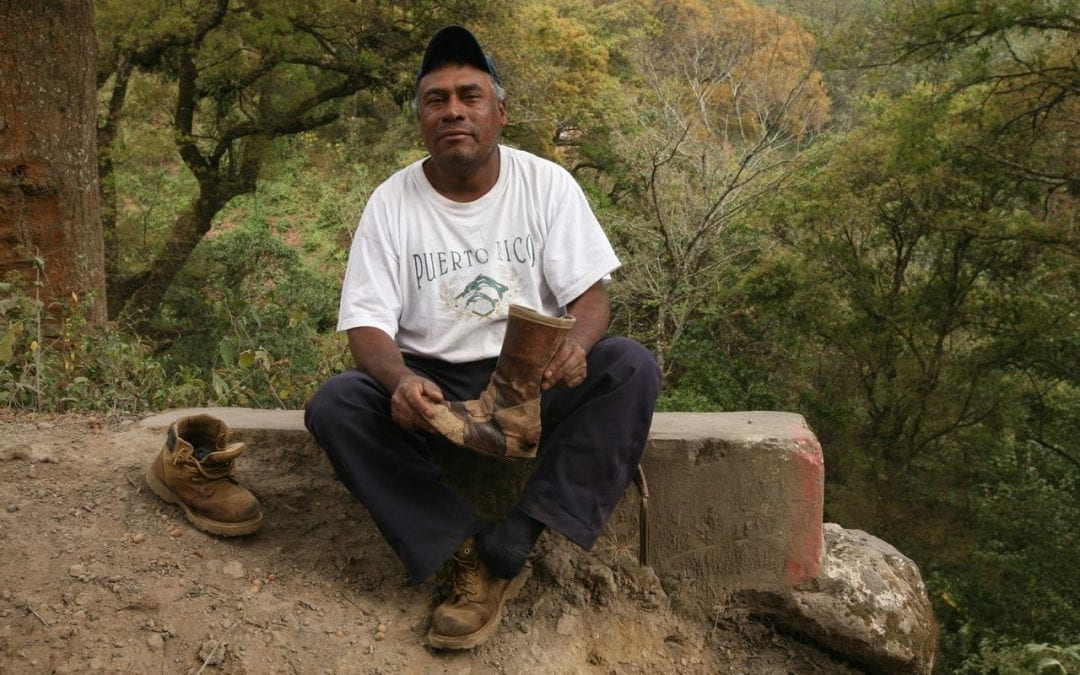
The Postville Immigration Raid
One spring morning two years ago, disaster struck a poor valley in the highlands of Guatemala. A local woman said it was like “a great flood.” Someone else compared it to an earthquake. But this was no natural disaster—it was man-made and happened thousands of miles to the north, in a small northeastern Iowa farm town. On May 12, 2008, federal officials descended on the Agriprocessors kosher meatpacking plant …
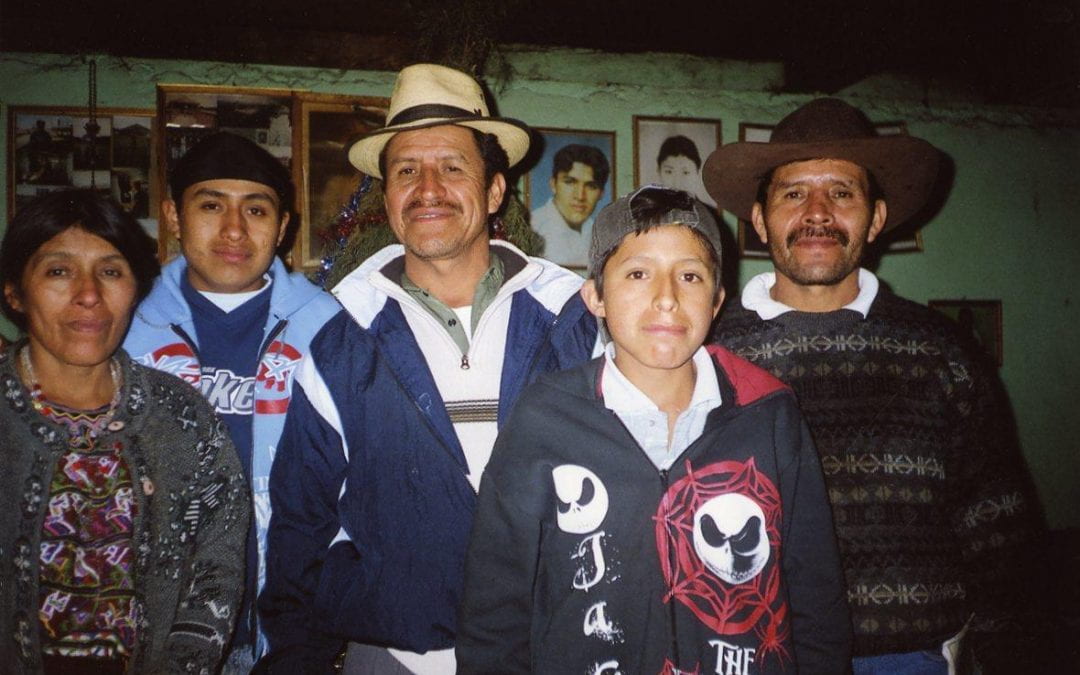
A Mayan Financial Crash
Next to an ancestor cross, where Ixil priests make regular offerings, lives one of Nebaj’s better-known financial speculators. Doña Alfonsa (not her real name) has eight children and sells food in the market. She doesn’t own a motor vehicle but she does have a cell phone. Her story is well-known because she has repeatedly apologized for it. In 2005, Alfonsa and her husband began asking their neighbors for huge loans. …
Book Talk
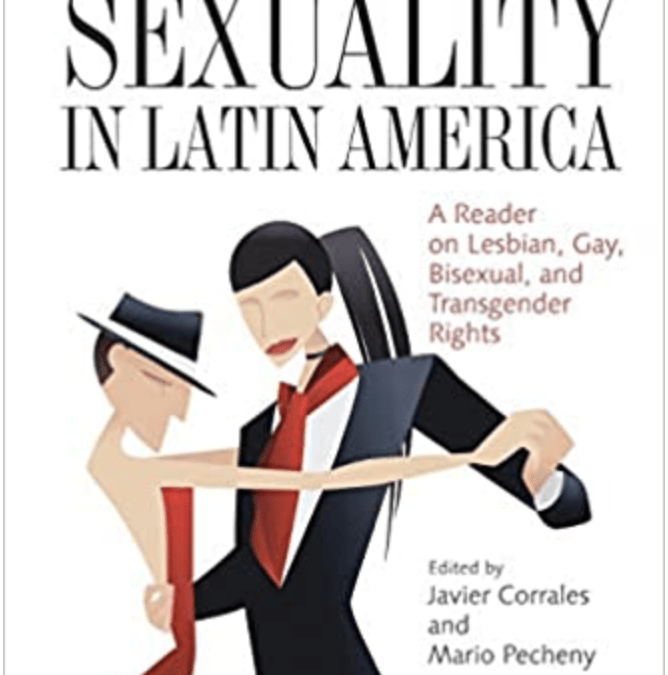
A Review of The Politics of Sexuality in Latin America: A Reader on Lesbian, Gay, Bisexual and Transgender Rights
Has there been a massive “coming out” in Latin America for the LGBT population in the last decade? The authors included in The Politics of Sexuality in Latin America suggest that there may have been, but qualify both the success and extent of this change. The particular social, historical and economic conditions in Latin America provide a very particular context and set of challenges for LGBT people. In their introduction …
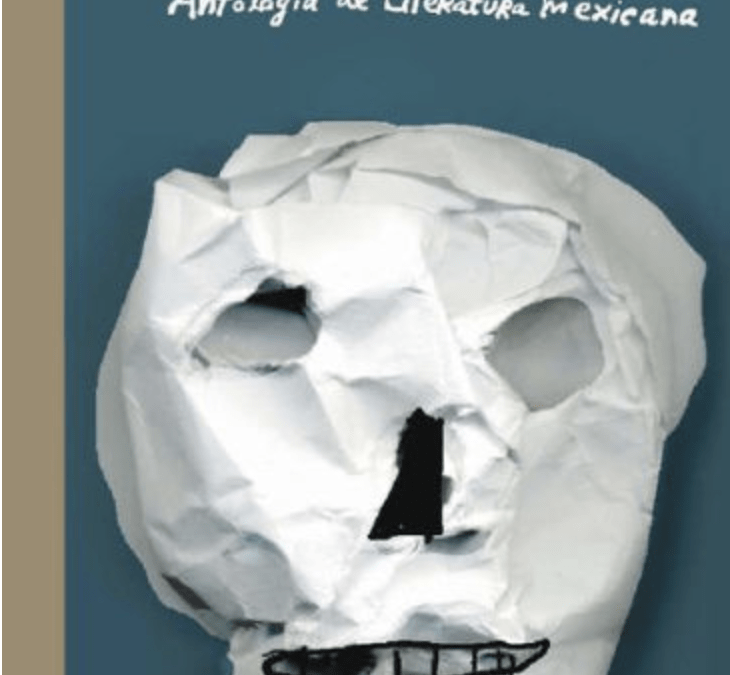
A Review of Hecho en México
A happy result of Lolita Bosch’s decade-long residence in Mexico City is Hecho en México, a compelling collection of short stories, essays, crónicas set to music, personal correspondence and poems written by others during the last ninety years. Made accessible to the general reader by Bosch’s introductions and footnotes, the anthology also appeals to specialists, as the thirty-six well-chosen texts, in all sorts of registers, …
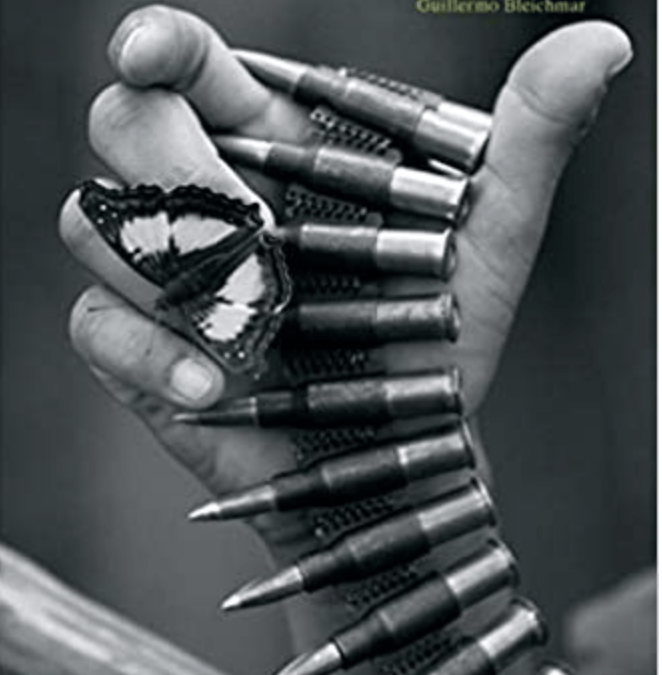
A Review of Country of Bullets: Chronicles of War
Of all the books I’ve read about Colombia’s unending agony of civil war, drug trafficking, massacres, kidnappings and mass displacement, Country of Bullets offers the most vivid portraits of the people caught in the crossfire: the poor, the small town officials, the civil society field workers and the grunts in the armed forces. The power of Juanita León’s book comes from its context. She vibrantly shows how victims came to be …
Making A Difference
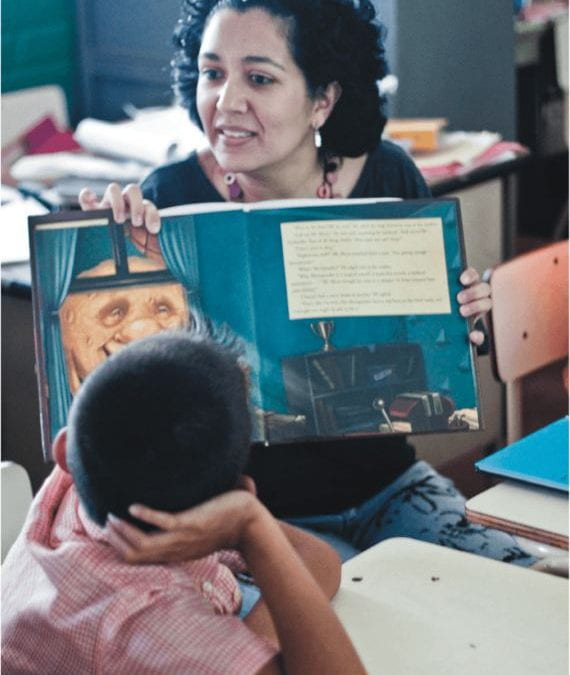
Making a Difference: Learning through Libraries
At the front of the room, in large letters, appeared the question: “De dónde viene el agua?” Where does the water come from? The room was filled with nearly fifty teachers and parents from Ahuachapán, the coffee-growing region of El Salvador. Divided into groups of four, they observed a cold can of Coke dripping with the moisture of condensation. They had eight minutes to draw a model explaining this scientific phenomenon….
